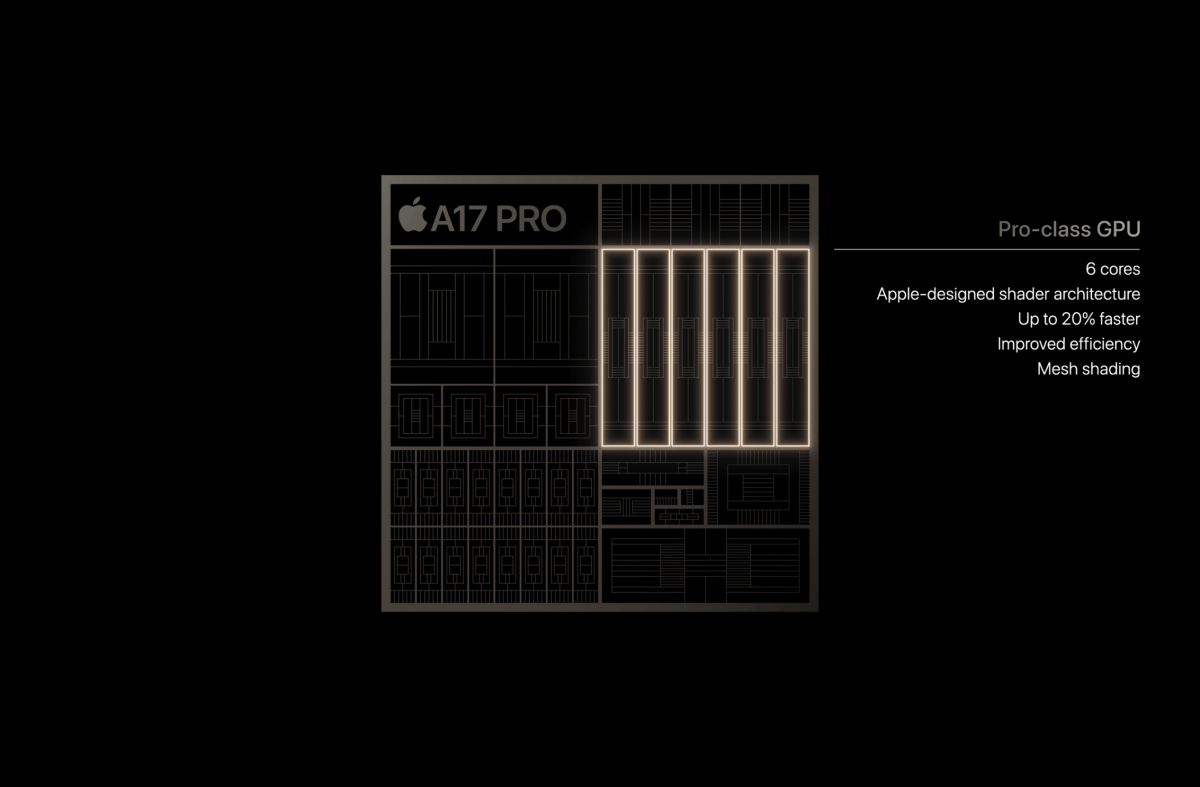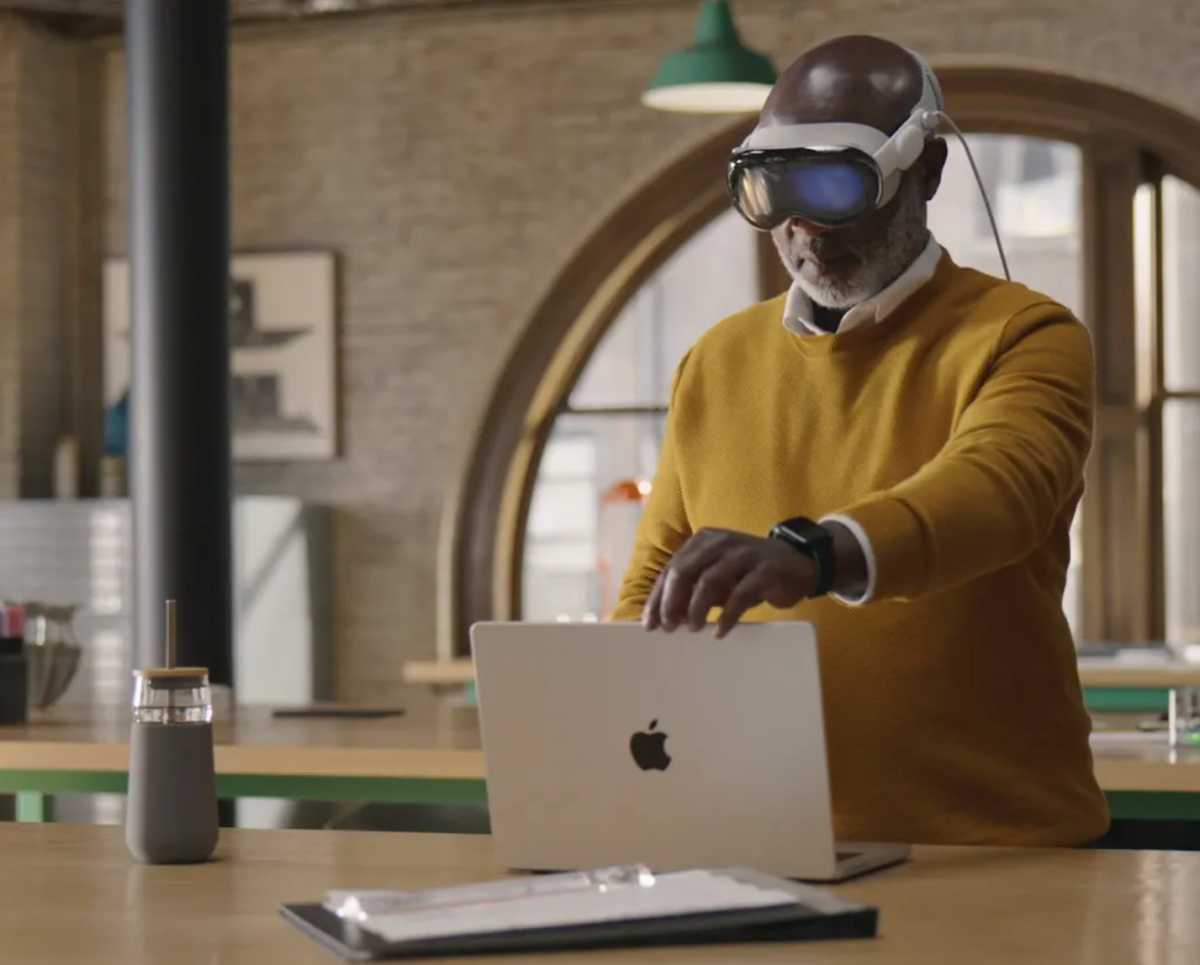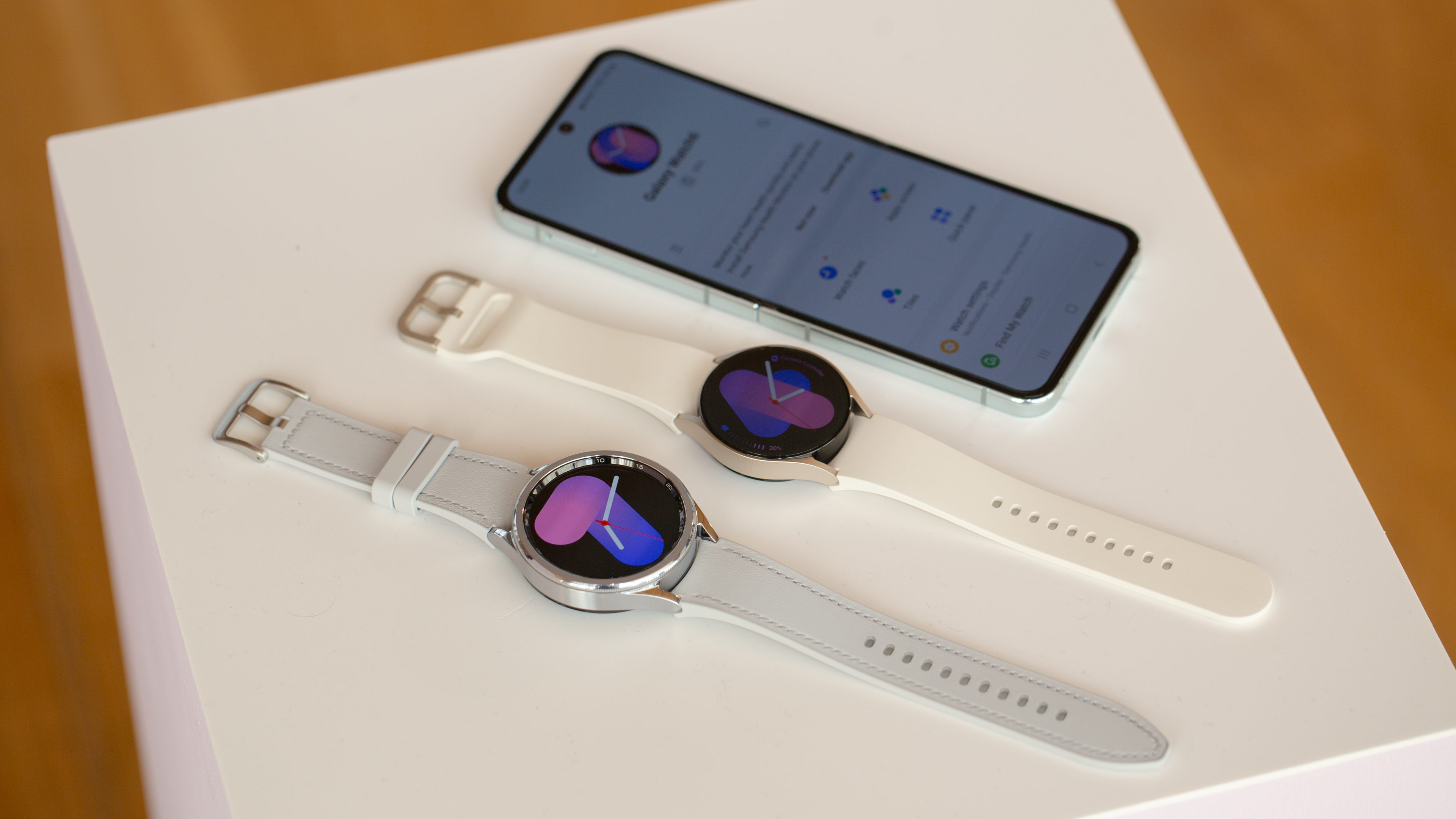
Perhaps you’ve heard that for the past few quarters, Mac sales have slumped. Perhaps you’ve also heard that the new iPhone 15 Pro has some nifty new features that have Apple fans flocking to stores to buy one.
Hey, how ’bout this for an idea: Apple should incorporate some of those nifty new iPhone features into the Mac. That’s a sure way to boost Mac sales–customers benefit, too, with features that make the Mac a more powerful tool. Here are the iPhone 15 Pro features that Apple should bring to the Mac.
Titanium
The iPhone 15 Pro has a titanium body instead of stainless steel, which has been used since the iPhone X. Apple describes it as “the most premium material” ever used on an iPhone. Titanium is strong and its lighter weight helps reduce the overall weight of the phone in a dramatic way.
The aluminum casing on the MacBook Pro is great, but it would be better if it was made of titanium. I’m sure there are many users who would appreciate its strength, and perhaps Apple could even bring over some of the finishes that are available for the iPhone 15 Pro–sign me up for a White Titanium 16-inch MacBook Pro. Also, titanium on the MacBook Pro could help further separate it as a “pro” laptop from the MacBook Air.

The Titanium PowerBook G4 (a.k.a. TiBook) had a titanium chassis and was a favorite with customers.
Wikipedia/Ashley Pomeroy
Of course, a titanium MacBook isn’t a new idea; Apple made the PowerBook G4 more than two decades ago with a gorgeous titanium chassis, affectionately known as the TiBook. I didn’t work for Macworld at the time, but I did have a TiBook for work, and it was indeed an awesome laptop. A modern TiBook could bring back that magic.
M3 with ray-tracing
Of all the features mentioned in this article, this is the one that’s almost certain to happen. Apple bragged about its redesigned, 6-core GPU in the iPhone 15 Pro’s A17 Pro chip, and that it has the “fastest ray-tracing performance in a smartphone.” In our testing, the A17 Pro is easily the fastest iPhone chip ever made, but it’s GPU performance the A17 truly shines.
Since Apple’s M-series chips are based on the A-series chips, it stands to reason that the M3 will bring many of the same graphics improvements to the Mac. The types of games that can really take advantage of the ray tracing acceleration are more likely to be played on a Mac than an iPhone, so it’s a definite fit.
Ray tracing acceleration is already being touted by Intel, AMD, and Nvidia, so if Apple skips it in its M3, it’s a glaring hole in the chip’s feature set.

The redesigned GPU in the A17 Pro will likely make its way to the M3.
Apple
Reverse USB-C charging
The iPhone 15 Pro can charge other devices with its USB-C port, which is handy if, say, your AirPods run dry and you need a quick charge. A MacBook can charge anything connected to USB as well, even another MacBook, but it’s slow and Apple doesn’t really advertise it as a feature. Plus it recommends that the MacBook is plugged in, which kind of defeats the purpose.
The lack of documentation on Apple Support, as well as barely a mention of it as a feature, implies that MacBook reverse charging is not something Apple encourages users to do. Perhaps it’s not optimized for performance and safety. Or maybe Apple Apple just never thought of it as a feature people would want to use. But now that Apple has opened the reverse-charging door with the iPhone 15 Pro, it would be helpful if Apple officially brought it to the MacBook too.
UWB chip
The second-generation ultra-wideband (UWB) chip in the iPhone 15 Pro enables it to do more precise finding of devices. While it’s fitting for the iPhone and Apple Watch, Apple needs to bring it to the MacBook too. I use the Find My app on my Mac often, as I’m sure others do, and we’d all appreciate the enhanced functionality.
While Apple didn’t mention it during Wonderlust, past reports have said that the second-generation UWB chip will also be used for integration between the iPhone and the upcoming Vision Pro mixed-reality headset. Apple already previewed tight Mac and Vision Pro functionality at WWDC, so we’d love to see even better integration with the Mac via a UWB chip that unlocks interoperability with the headset.

A Mac with a UWB chip could help with interoperability with the Vision Pro.
Apple
12MP TrueDepth selfie camera
This list isn’t complete without me harping about the Mac FaceTime camera, which I’ve griped about many times. Apple uses a 1080p camera on its MacBooks and the iMac, while the iPhone has a 12MP TrueDepth selfie camera that has a robust set of features and produces images that blow away that FaceTime camera.
Apple’s solution is to use the iPhone as a webcam via Continuity Camera. It’s a fine alternative, but it’s not a frictionless, seamless one. We shouldn’t have to fiddle with setting up our iPhone on our Mac every time we make a video call with decent quality on our Mac. And we wouldn’t say no to Face ID and the Dynamic Island either.





